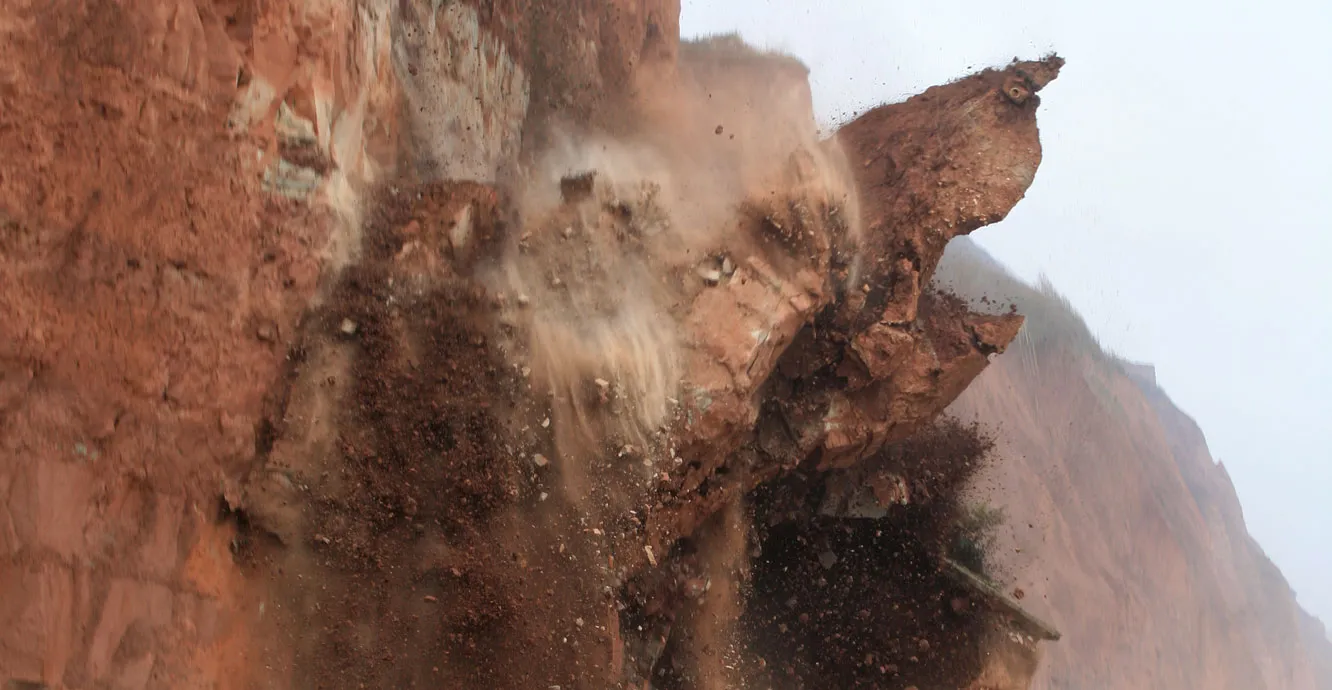Abyssal plains are large, flat, and nearly featureless regions of the deep ocean floor, located at depths between 3,000 to 6,000 meters. These plains are formed through the slow accumulation of fine sediments, including clay and microscopic organisms, that descend from the ocean surface. The creation of abyssal plains is also influenced by the spreading of oceanic plates, which produces new seafloor. These regions are critical to understanding deep-sea sedimentation processes and the geological history of the ocean basins.
Reference: Craig R. Smith; Fabio C. De Leo; Angelo F. Bernardino; Andrew K. Sweetman; Pedro Martinez Arbizu (2008). “Abyssal food limitation, ecosystem structure and climate change”


